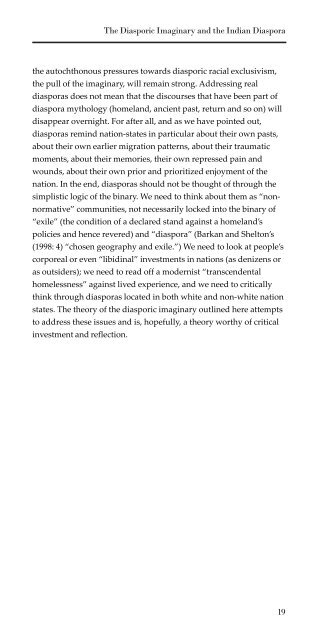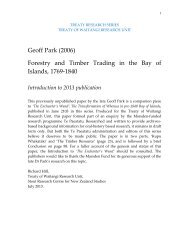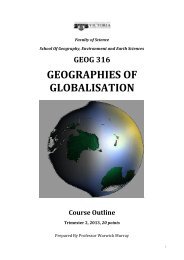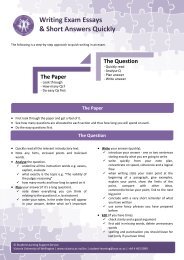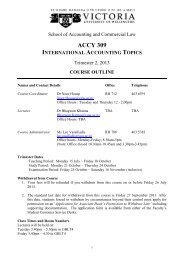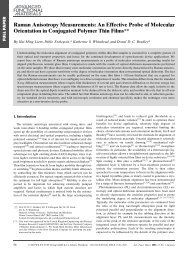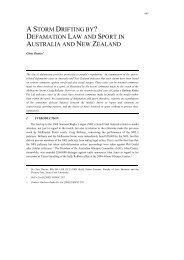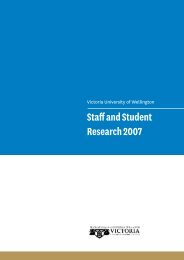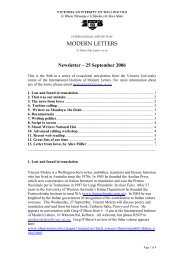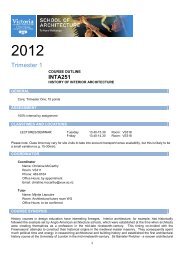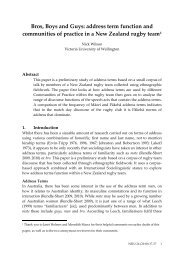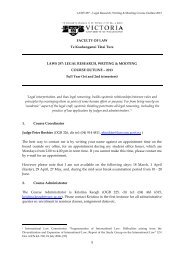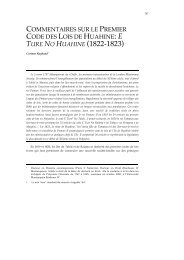The Diasporic Imaginary and the Indian Diaspora - Victoria ...
The Diasporic Imaginary and the Indian Diaspora - Victoria ...
The Diasporic Imaginary and the Indian Diaspora - Victoria ...
Create successful ePaper yourself
Turn your PDF publications into a flip-book with our unique Google optimized e-Paper software.
<strong>The</strong> <strong>Diasporic</strong> <strong>Imaginary</strong> <strong>and</strong> <strong>the</strong> <strong>Indian</strong> <strong>Diaspora</strong><br />
<strong>the</strong> autochthonous pressures towards diasporic racial exclusivism,<br />
<strong>the</strong> pull of <strong>the</strong> imaginary, will remain strong. Addressing real<br />
diasporas does not mean that <strong>the</strong> discourses that have been part of<br />
diaspora mythology (homel<strong>and</strong>, ancient past, return <strong>and</strong> so on) will<br />
disappear overnight. For after all, <strong>and</strong> as we have pointed out,<br />
diasporas remind nation-states in particular about <strong>the</strong>ir own pasts,<br />
about <strong>the</strong>ir own earlier migration patterns, about <strong>the</strong>ir traumatic<br />
moments, about <strong>the</strong>ir memories, <strong>the</strong>ir own repressed pain <strong>and</strong><br />
wounds, about <strong>the</strong>ir own prior <strong>and</strong> prioritized enjoyment of <strong>the</strong><br />
nation. In <strong>the</strong> end, diasporas should not be thought of through <strong>the</strong><br />
simplistic logic of <strong>the</strong> binary. We need to think about <strong>the</strong>m as “nonnormative”<br />
communities, not necessarily locked into <strong>the</strong> binary of<br />
“exile” (<strong>the</strong> condition of a declared st<strong>and</strong> against a homel<strong>and</strong>’s<br />
policies <strong>and</strong> hence revered) <strong>and</strong> “diaspora” (Barkan <strong>and</strong> Shelton’s<br />
(1998: 4) “chosen geography <strong>and</strong> exile.”) We need to look at people’s<br />
corporeal or even “libidinal” investments in nations (as denizens or<br />
as outsiders); we need to read off a modernist “transcendental<br />
homelessness” against lived experience, <strong>and</strong> we need to critically<br />
think through diasporas located in both white <strong>and</strong> non-white nation<br />
states. <strong>The</strong> <strong>the</strong>ory of <strong>the</strong> diasporic imaginary outlined here attempts<br />
to address <strong>the</strong>se issues <strong>and</strong> is, hopefully, a <strong>the</strong>ory worthy of critical<br />
investment <strong>and</strong> reflection.<br />
19


